The pursuit of Ultimate Flavor ── talk about Fine Coffee, from planting to tasting
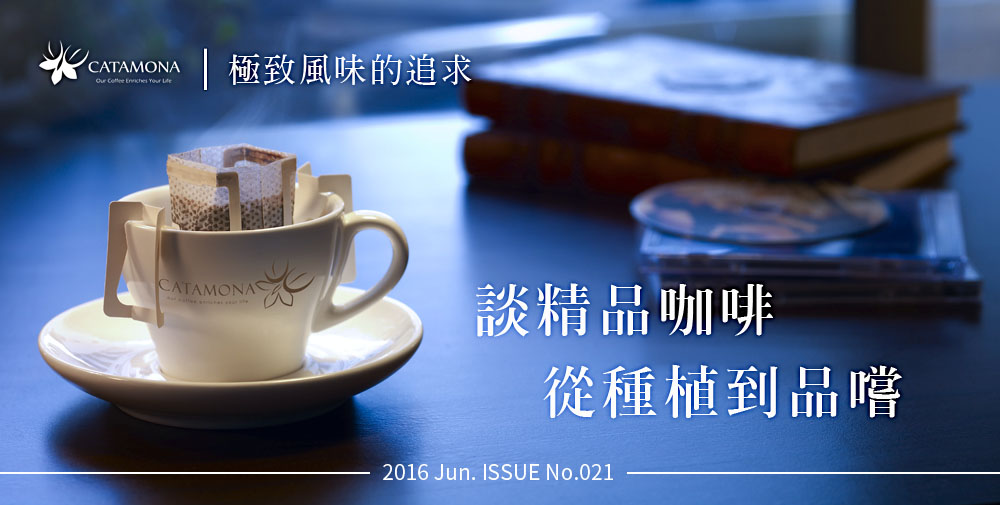
For the exchange of professional baristas, please follow the coffee workshop (Wechat official account cafe_style
What is boutique coffee?
What on earth is boutique coffee? How can it be called a "boutique"? If you want to understand boutique coffee, you must first start from the source of coffee. The source of a cup of coffee can be roughly divided into three parts: congenital conditions, acquired treatment, and end technology.
Congenital conditions ── soil conditions endow the producing areas with characteristics
It refers to the growth conditions of coffee or raw beans, including variety, climate temperature, altitude and so on. Coffee grown in different regions and growing environments will have different flavor performance. Just like red wine, the climate of different varieties, different producing areas and the current year will affect the harvest, sweetness, aroma, and so on, and coffee fruits will also be affected by local conditions. Interestingly, coffee bred in a particular area almost always shows a consistent flavor, so we can figure out which producing area a cup of coffee comes from.
Acquired treatment ── treatment affects the level of flavor
It refers to the harvest, processing, exposure, etc., coffee bean treatment methods are varied, basically can be divided into water washing method, sun treatment method, semi-washing method, honey treatment method. Different treatment methods can give different flavor performance to coffee with the same "congenital conditions".
Terminal technology ── cooking technique determines the final flavor
As the name implies, it is the end of the whole supply chain, including baking technology, selection of utensils, brewing skills, and so on. Although the coffee flavor has been roughly confirmed in the first two stages, the end technology still has a far-reaching impact on the coffee flavor and even plays a key role.
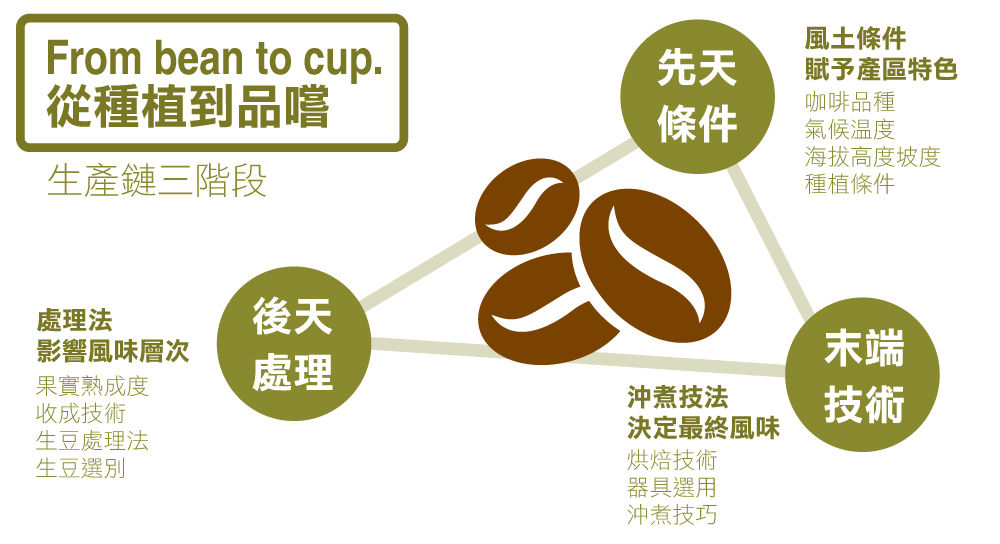
The third wave of coffee
Coffee wave refers to the popular form of coffee in various generations. The first wave of coffee was between 1940 and 1960, when "instant coffee" and "three-in-one coffee" prevailed. In 1966, Italian coffee based on espresso (espresso) appeared, and Italian specialty coffee such as latte and cappuccino became popular. During the second wave of coffee, a large number of cafes appeared. And the popularity continued until 2000, and even today it is still hot.
In the 21st century, as people drink more and more coffee and have a greater demand for coffee, they begin to pursue a more detailed taste in a more scientific way and gain an in-depth understanding of the source of each unique flavor. As we become more and more curious about these brown liquids, we are also announcing the arrival of the third wave of coffee.
The significance of the third wave of coffee is that people begin to study the flavor of coffee and deeply understand the great influence of local conditions on the flavor of coffee, which is reflected in the selection of brewing forms and utensils of coffee. In order to taste the most primitive flavor, people not only pay attention to the origin of coffee, but also gradually change the habit of adding sugar and milk, and savor the fine coffee in front of them in the form of pure black coffee.
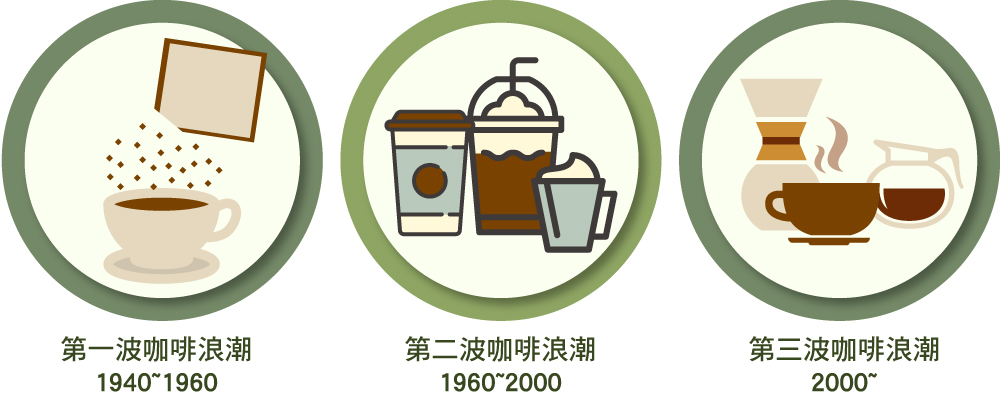
So-called boutique coffee
Boutique coffee is defined as "Special geographic microclimates produce beans with unique flavor profiles.", that is, "coffee beans with regional flavor are cultivated under the unique microclimate and geographical conditions of the producing area." In addition to this general principle, several criteria need to be screened:
Water content of raw bean
Size uniformity of coffee beans
Defective bean / defective bean identification
Basic grade sorting of producing areas
Test the flavor of coffee in cup
After strict testing of layers of standards, the "boutique" can be screened out and become the boutique coffee in our hands, which is not easy to get. Boutique coffee has not only a perfect flavor, but also an eternal connection with the producing area, which allows us to taste the unrestrained sweetness of tropical fruit and the rich and mellow flavor of baked nuts in the cup. Take a sip of coffee and think about how this cup of coffee was bred in the producing area somewhere.
Important Notice :
前街咖啡 FrontStreet Coffee has moved to new addredd:
FrontStreet Coffee Address: 315,Donghua East Road,GuangZhou
Tel:020 38364473
- Prev
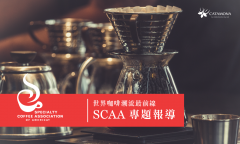
A special report on ─ SCAA at the forefront of the world coffee trend
The pioneer professional barista exchange of fine coffee please follow the coffee workshop (Wechat official account cafe_style) the American Fine Coffee Association (Specialty Coffee Association of America, hereinafter referred to as SCAA), founded in 1982, is the largest coffee trade association in the world. Its members are more than 3,000 companies in more than 40 countries around the world, covering coffee supplies.
- Next
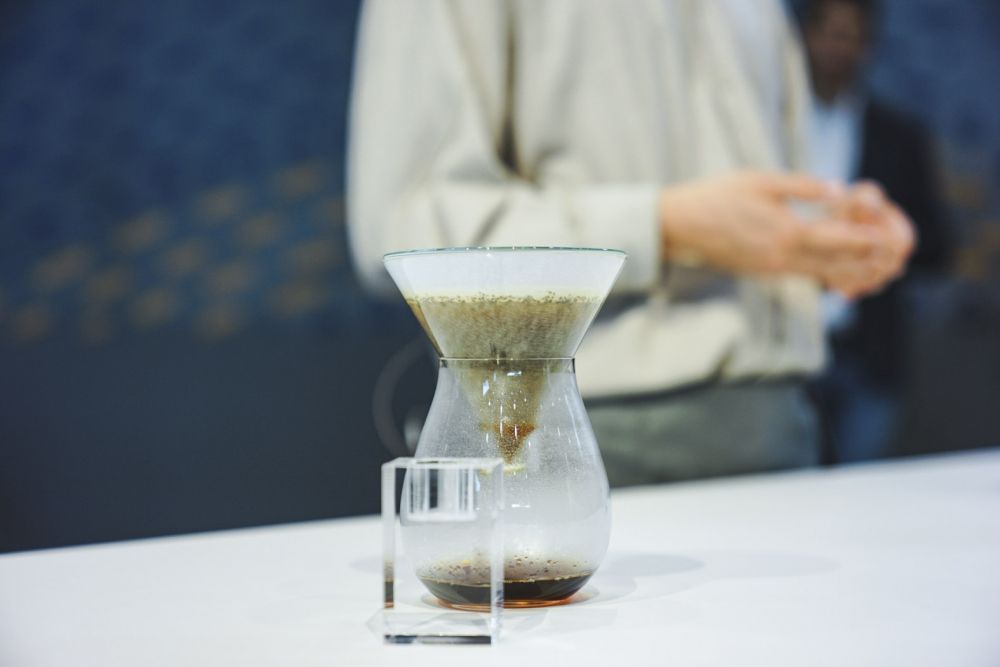
Coffee brewing: according to the difference of pre-soaking water and time
With the development of boutique coffee market, hand-brewed coffee has become the favorite of many baristas. Various baristas use a variety of extraction methods to absorb a variety of coffee charm. And a wide variety of hand coffee tools show the personality and characteristics of different coffee producing areas. In China, more and more people begin to make coffee by hand at home, so hand-made coffee is no longer used.
Related
- Beginners will see the "Coffee pull flower" guide!
- What is the difference between ice blog purified milk and ordinary milk coffee?
- Why is the Philippines the largest producer of crops in Liberia?
- For coffee extraction, should the fine powder be retained?
- How does extracted espresso fill pressed powder? How much strength does it take to press the powder?
- How to make jasmine cold extract coffee? Is the jasmine + latte good?
- Will this little toy really make the coffee taste better? How does Lily Drip affect coffee extraction?
- Will the action of slapping the filter cup also affect coffee extraction?
- What's the difference between powder-to-water ratio and powder-to-liquid ratio?
- What is the Ethiopian local species? What does it have to do with Heirloom native species?

